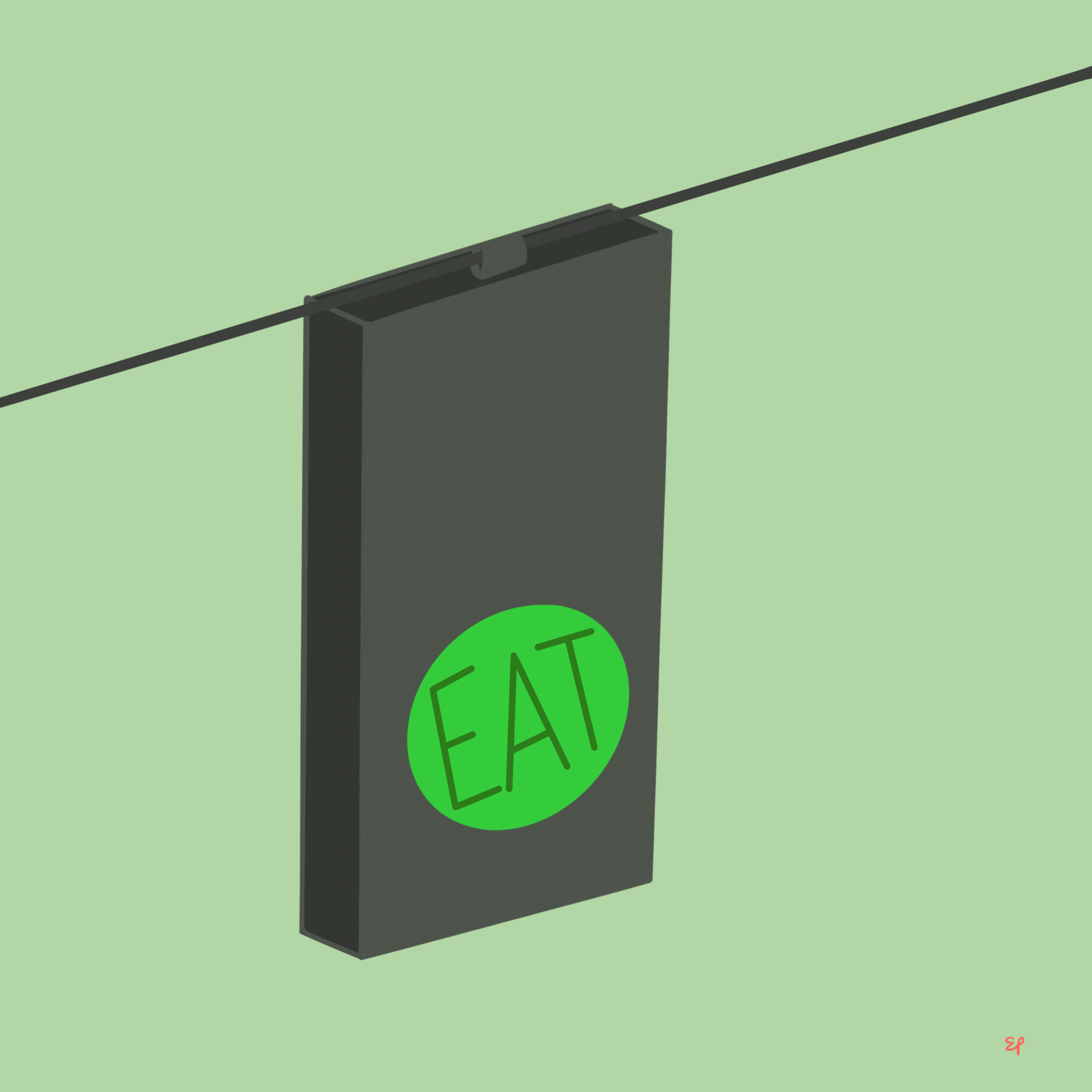Food labels: Rating "realness"
/Marion Nestle, Professor of Nutrition, Food Studies and Public Health at NYU, recently mentioned front-of-package labeling on her blog. This is a topic that's been discussed in the US, but as she points out, other countries have made more progress on this front—with the UK having recently approved a new traffic-light-esque system, with red, green and yellow colors (along with numerical data) used to encourage/discourage consumption.
Most people laud this as a step forward, but I'm reluctant to view this as beneficial tool. Why?
For starters, look at the label itself—it's a jumble of numbers and colors, and takes time to digest (so to speak). It doesn't convey information quickly nor easily.
It's voluntary. So the very food products that most warrant labeling may not have them.
The information itself is open to interpretation. I noticed on the sample label that a low fat percentage was labeled green—a positive rating. However, nutrition experts are now fighting against the decades-old perception that fat is bad by emphasizing that fat is not, in fact, bad. Earlier this year a study on the benefits of the Mediterranean diet—abundant in healthy fats like nuts and olive oil—made waves in the health world, saying specifically:
Researchers tracked thousands of participants over roughly five years and found a 30 percent reduction in the rate of heart disease, primarily strokes, among the Mediterranean diet eaters compared with those who consumed more traditional low-fat fare. That diet included more starch and grains, but fewer nuts and oils.
Nutrition is complex; we don't have it figured out yet. We're trying, and there's some great research out there and even more great research underway. In the meantime, to create a definitive system labeling things as good or bad seems premature. Will a food be "green" this year, but later deemed "red?" In the '90s, fat would have been the brightest red imaginable—fat was the enemy. Today healthy fats would be green.
What do I propose? I like the idea of an at-a-glance indicator people can use to make quick decisions. But that also gives the impression that every food is inherently good or bad. It disregards context, and a number of other factors that determine whether a particular food is healthy for you.
What I like more is the idea of offering people a simple framework within which they can make food decisions.
Eating "real" food should be the focus—as minimally processed as possible. From that one directive alone you get a wealth of information; you know that fruits, vegetables, and whole grains are going to be good choices.
To that extent, maybe food labels should indicate "realness," rather than focusing on numbers. (Anything that requires a lot of thinking isn't going to be very useful; people want labels to reduce the amount of thinking required, not make them think more or become more confused.) Could we figure out a way to label foods based on extent of processing?
Maybe the higher the number, the more processing that food underwent. On a scale of 1-5, sugary breakfast cereals, soda, and Twinkies would be a 5; fresh produce, eggs, water and rice would be a "one." That's something concrete and factual you can measure, and few would argue that processed food is healthy. Whereas looking at fat, sugar, and calories as indicators of healthfulness is a dicier proposition.
By shifting the focus from a numbers-based system to something more intuitive that people can understand—processing—and giving them context for the decisions they're making rather than asking that people simply trust that the numbers mean what we say they mean, we inform them, and we create a more stable system.
I realize it's far more complicated than this—probably. But what if it's not? What if simply choosing one parameter—amount of processing (something universally accepted as indicative of health value)—and basing a food labeling system on that is more intuitive for people and therefore more likely to stick?

